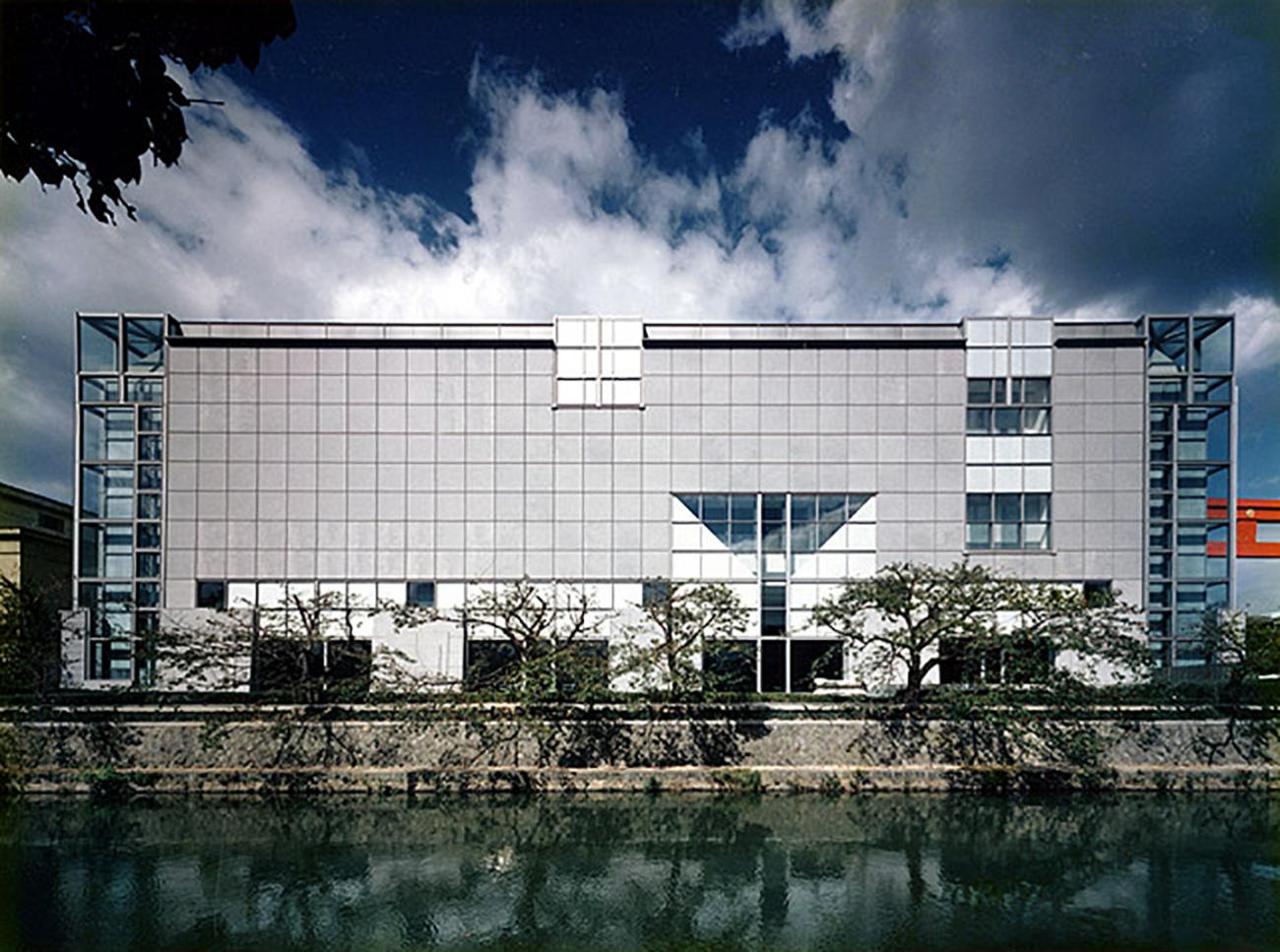
Fumihiko Maki The Pritzker Architecture Prize
Fumihiko Maki. Architect Fumihiko Maki (born 1928) came to prominence in the 1960s, a period of growth and vibrancy in Japanese architecture.. Although still identified with the classic modernism of the International Style, he moved on to create more complicated and ambiguous buildings that relate to the contemporary movement known as Deconstruction.

Fumihiko Maki Commissioned to Design China's First Design Museum ArchDaily
The Pritzker Prize -winning architect Fumihiko Maki has revealed early designs for China 's "first major design museum", a project in the Shekou district of Shenzhen commissioned by China.

Fumihiko Maki; spiral Building, Wacoal Arts Center, Tokyo, 1985 Tokyo architecture, Iconic
Fumihiko Maki, (born September 16, 1928, Tokyo, Japan), postwar Japanese architect who fused the lessons of Modernism with Japanese architectural traditions. Maki studied architecture with Tange Kenzō at the University of Tokyo (B.A., 1952).

The Spiral Building, by Fumihiko Maki. Mix Use Building, Multi Story Building, Japanese
The tower is designed by Fumihiko Maki to create a strong sculptural effect with a quiet presence. Seen from a distance, it can be identified as a minimalistic sculpture with its angular profile that distinguishes itself in the skyline.

Fumihiko Maki The Pritzker Architecture Prize
槇総合計画事務所 Maki and Associates. Japanese|English English

Fumihiko Maki The Pritzker Architecture Prize Fumihiko Maki, Hillside Terrace, Harvard Gsd
In 1956, Fumihiko Maki, Hon. FAIA, began his career as a professor of architecture at Washington University in St. Louis, where he received his first commission: an arts center for the university's main campus. "I did my first project in the U.S. about 50 years ago," Maki says.

architectfumihikomaki1960steinberghallwashingtonuniversitystlouispresentedbythe
The new museum was designed by Japanese architect Fumihiko Maki to create a permanent exhibition space for a collection of art and artefacts that charts a history of Muslim civilisations over the.
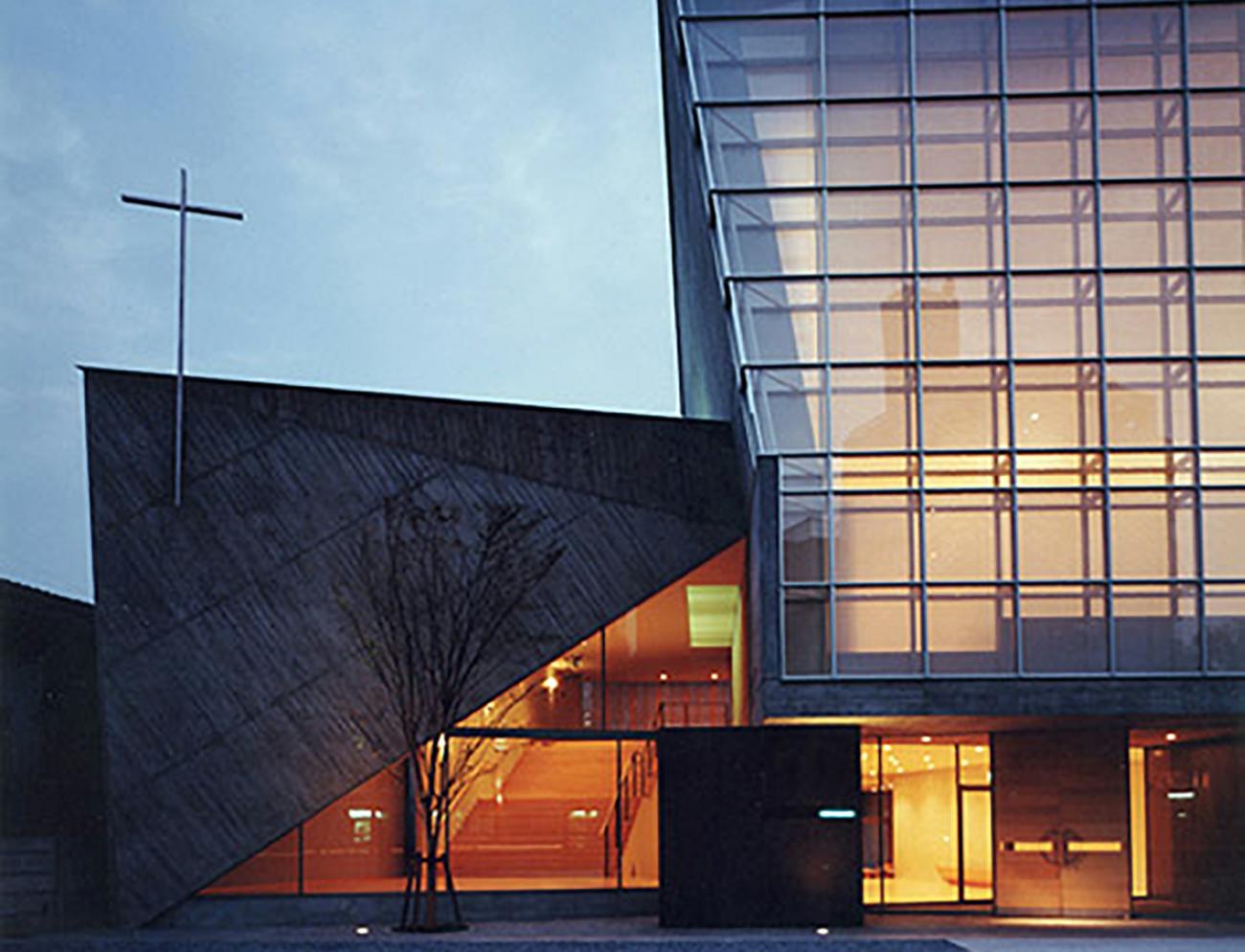
Fumihiko Maki The Pritzker Architecture Prize
15 Apr 2014 Fumihiko Maki addressed a full house at the Darling Quarter Lecture Theatre in Sydney for a CCAA talk in 2013. He spoke with Philip Drew afterwards about his approach to design, and the enduring relevance of modernism. 1/5 View gallery MIT Media Lab Complex by Maki and Associates. Image: Courtesy Maki and Associates.

Fumihiko Maki Museum of Ancient Izumo Architettura Post Decostruttivista
Fumihiko Maki (槇 文彦, Maki Fumihiko, born September 6, 1928) is a Japanese architect who teaches at Keio University SFC. In 1993, he received the Pritzker Prize for his work, which often explores pioneering uses of new materials and fuses the cultures of east and west. [1] Early life Maki was born in Tokyo.
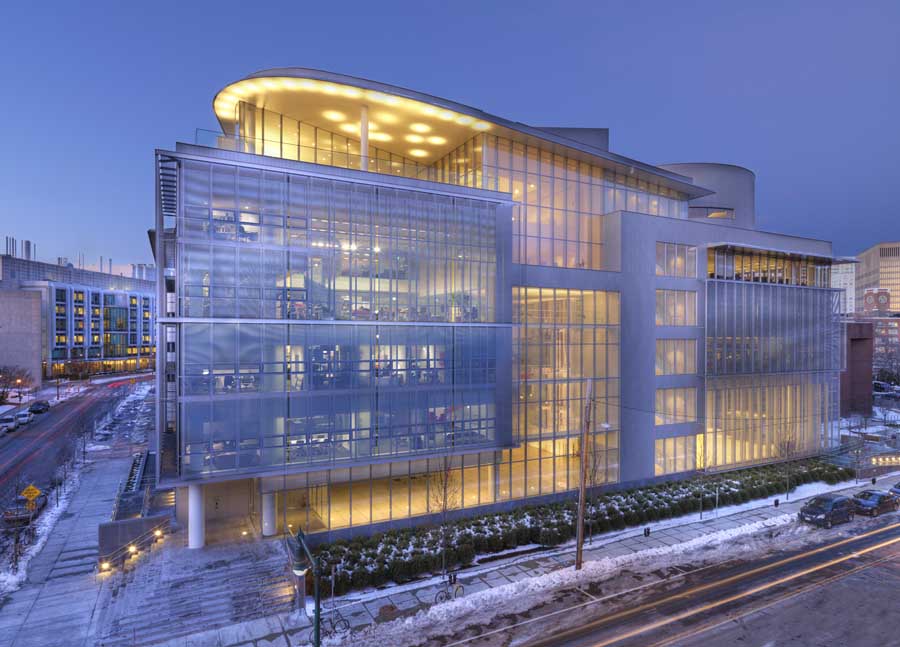
Fumihiko Maki Architect, Japan earchitect
Fumihiko Maki of Japan is an architect whose work is intelligent and artistic in concept and expression, meticulously achieved. He is a modernist who has fused the best of both eastern and western cultures to create an architecture representing the age-old qualities of his native country while at the same time juxtaposing contemporary construction methods and materials.
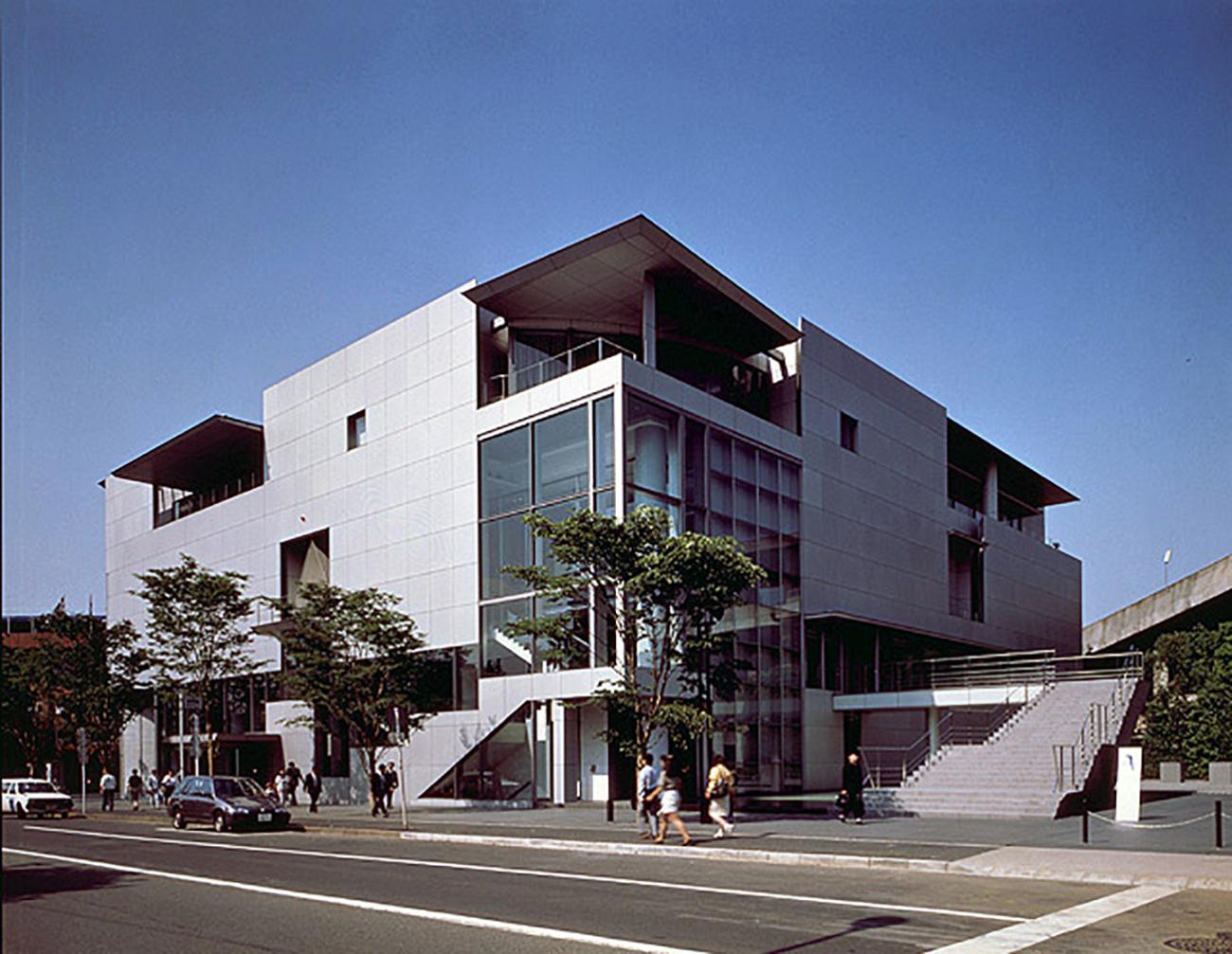
Fumihiko Maki The Pritzker Architecture Prize
BIOGRAPHY Fumihiko Maki was born in 1928 in Tokyo, and educated at University of Tokyo (BS Arch), Cranbrook Academy of Art (M.Arch) and Harvard University Graduate School of Design (M.Arch).
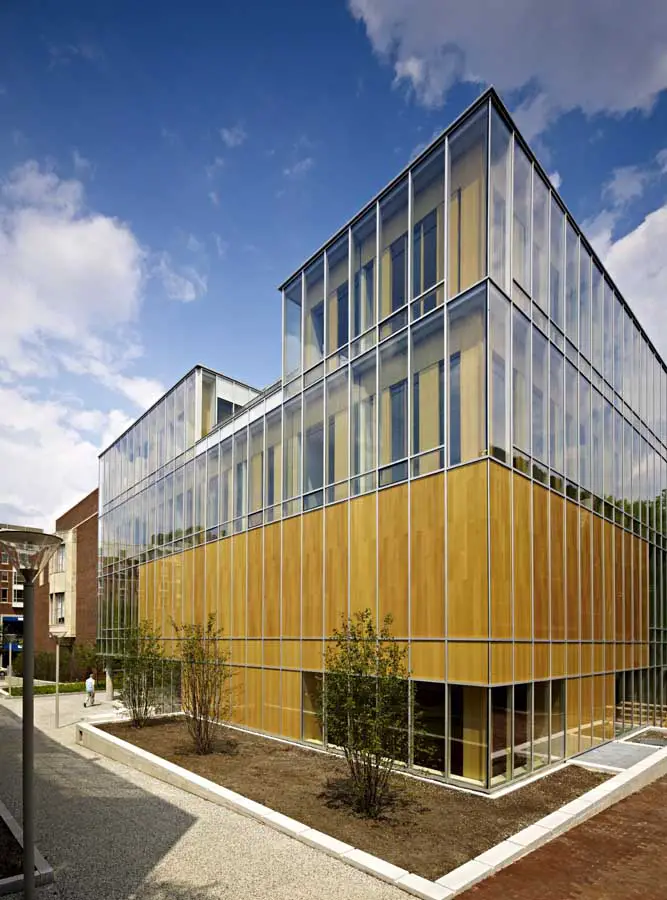
Fumihiko Maki Architect, Japan earchitect
Maki And Associates Buildings Designs by Fumihiko Maki, alphabetical: MIT Media Arts & Sciences Building, Massachusetts, USA

Aga Khan Museum by Fumihiko Maki Opens Architect Magazine
Architect Maki Fumihiko Designs a New Face for the Community. The world-renowned architect Maki Fumihiko is a recipient of the Pritzker Prize, often regarded as the Nobel Prize of architecture, and the Gold Medal of the International Union of Architects. Since his first Japanese project, the Toyoda Auditorium of Nagoya University, he has.

Fumihiko Maki. Japan Architect 16 Architecture collage, Architecture illustration
Maki's Golgi Structures designed in 1968 by Fumihiko Maki was named after Nobel Prize-winner Camillo Golgi, who developed techniques for visualizing nerve cell bodies. The structure proposed by Maki alternates dense urban areas with unstructured open spaces. Encasing the latter are light-absorbing cells that facilitate communication , energy.
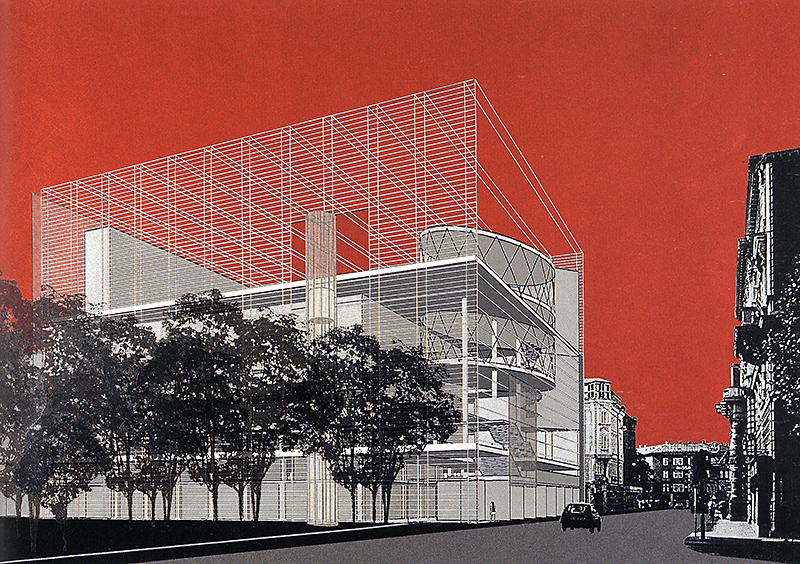
Fumihiko Maki. Japan Architect 16 Winter 1994, 173 RNDRD
Fumihiko Maki was born in 1928 in Tokyo, and educated at University of Tokyo (BS Arch), Cranbrook Academy of Art (M.Arch) and Harvard University Graduate School of Design (M.Arch).. Kaze-no-Oka Crematorium, Republic Polytechnic, 4 World Trade Center. Awards include, Japan Institute of Architecture Award, The Asahi Prize, Mainichi Art Prize.

Fumihiko Maki Designing from the inside out ArchitectureAU
Genius, gender and architecture. The star system as exemplified in the Pritzker prize. Architectural Theory Review, 17 (2-3), 331-345.. 1982 Kevin Roche 1993 Fumihiko Maki 2005 Thom Mayne 1983 I.M. Pei 1994 Christian de Portzamparc 2006 Paulo Mendes de la Roche 1984 Richard Meier 1995 Tadao Ando 2007 Richard Rogers 1985 Hans Hollein 1996.